With so many delivery apps and package delivery apps available, choosing the right platform can greatly impact your delivery driver’s income. This delivery earnings guide ranks the top-paying delivery apps for 2025 so you can earn more with every shift.
Recent reports show top drivers on certain platforms make over $30/hour, while others struggle to earn $15/hour due to demand and pay structures. As more people turn to delivery apps for flexible income delivery, picking the right platform matters.
Some services in 2025 stand out with higher base pay, better customer tips, and rewarding delivery driver incentives. For both seasoned couriers and newcomers, delivery driver earnings in 2025 vary. Where you work, when you log in, and how often you receive tips and bonuses make a big difference.
If you want to maximize earnings, this guide also explains the impact of on-demand delivery app development and how mobile app development improves both driver and customer experiences. Choosing the right service ensures access to better pay rates, bonuses, and a stronger work schedule. Companies with wider availability and extended working hours rank highest in our list of best delivery apps for 2025.
How We Evaluated the Best Delivery Apps to Make Money
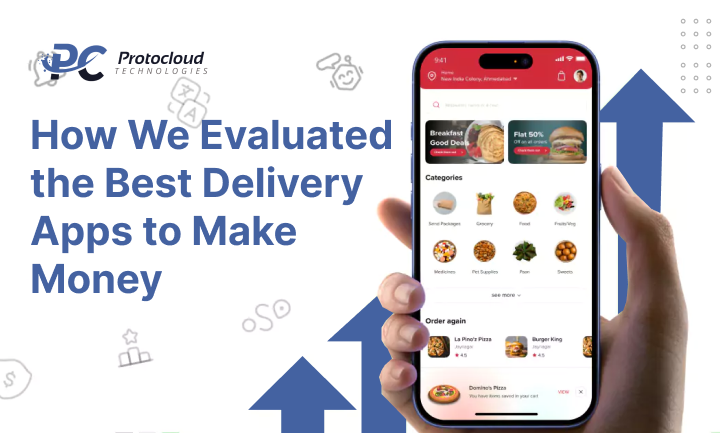
This delivery earnings guide is independent — no sponsorships, no brand bias, no affiliate fluff. We rely on real-world data, gig worker insights, and a deep delivery app comparison to help you find the best delivery apps to make money in 2025.
Our goal is to show which delivery service pays the most while also factoring in usability, support, and flexibility. In 2025, the right choice is not just about earnings — it’s about long-term gig work viability and the quality of the delivery experience.
Data Sources
We collected data from trusted sources to give a clear view of delivery driver income:
- Reddit threads such as r/doordash, r/UberEATS, r/GigWork, and r/InstacartShoppers for authentic gig worker insights.
- Glassdoor and Indeed reviews from current and former drivers of food delivery apps and package delivery apps.
- Real-time pay transparency dashboards such as Gridwise, Solo, and Para.
- Verified in-app payout screenshots and schedules from active gig worker communities.
These sources gave us accurate data on delivery driver pay rates and driver experiences in the real world
Evaluation Criteria
We measured each app using clear, practical criteria:
- Average Weekly Income Potential — factoring hours worked, market saturation, and bonus structures.
- Scheduling Control & Driver Autonomy — ability to set shifts and work hours.
- Customer Tip Flow & Transparency — clear payout details and tips.
- Platform Support & Responsiveness — fast, reliable driver support.
- Gig Viability — opportunities in small, mid, and large cities.
- Payout Frequency & Cashout Flexibility — access to earnings when needed.
- Delivery App Usability — smoothness and ease of platform use.
This delivery app evaluation shows both the earnings potential and how driver-friendly each service really is.
10 Best Delivery Apps for Making Money in 2025
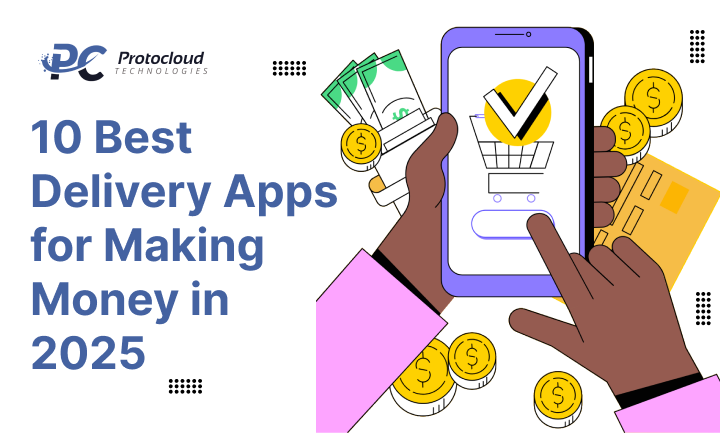
The delivery industry is booming in 2025. Choosing the right platform greatly impacts your income. This delivery app comparison 2025 highlights the best delivery apps 2025 for maximizing earnings. Whether you aim for part-time work or a full-time income, this guide can help.
We examined food delivery apps, package delivery apps, and speciality services. Our review focuses on delivery driver earnings 2025, flexibility, incentives, and driver support. This guide also offers valuable insights for on-demand delivery app development and mobile app development projects.
1. DoorDash
DoorDash is the largest food delivery app in the U.S., offering deliveries for food, groceries, and convenience items.
Average Pay: $15–$30/hour before expenses
Pros:
- High order volume during lunch and dinner rushes
- Flexible scheduling (“Dash Now” or scheduled blocks)
- Additional earnings through promotions, challenges, and peak pay bonuses
- Large customer base for consistent opportunities
- Reliable app usability for efficient work
Cons:
- Earnings fluctuate in less busy areas
- High competition among drivers
- Possible deactivation due to low acceptance rates
- Fuel and maintenance expenses can reduce earnings
- Limited tips during certain hours
Ideal For: Urban drivers seeking flexibility and consistent orders
Unique Perks: “Earn by Time” mode for guaranteed Pay; “DashPass” increases order volume
Requirements: Smartphone, driver’s license, background check
2. Uber Eats
Uber Eats offers food delivery services, connecting drivers with local restaurants.
Average Pay: $13.49–$16.50/hour, with peak time bonuses
Pros:
- Flexible scheduling with no fixed hours
- Surge pricing increases earnings during busy times
- Switch between Uber Eats and Uber rideshare to maximize income
- Real-time navigation and earnings tracking improve efficiency
- Access to a large customer base in metropolitan areas
Cons:
- Earnings drop in low-demand regions
- High competition in dense cities
- Surge bonuses are unpredictable
- Customer ratings impact order opportunities
- Fewer high-value orders outside peak times
Ideal For: Drivers in metropolitan areas seeking flexibility.
Unique Perks: Instant cash-out, in-app navigation, and driver rewards.
Requirements: Smartphone, driver’s license, background check.
3. Instacart
Instacart focuses on grocery delivery, letting drivers shop and deliver local orders.
Average Pay: $18–$26/hour, including tips
Pros:
- Higher Pay due to large basket sizes
- Order choice allows for better scheduling
- Tips significantly boost earnings
- Flexibility in accepting orders
- Shopping guidance through the app
Cons:
- Shopping time affects hourly rates
- Heavy loads require physical effort
- Earnings depend on demand and location
- Seasonal demand changes can cause variability
- Requires careful route planning to maximize efficiency
Ideal For: Detail-oriented drivers who enjoy grocery shopping.
Unique Perks: In-app shopping guidance, batch order opportunities.
Requirements: Smartphone, reliable transportation, background check
4. Grubhub
Grubhub delivers restaurant food with scheduled delivery blocks.
Average Pay: $18.45/hour
Pros:
- Consistent orders in high-demand areas
- 100% tip retention
- Scheduled blocks help manage work-life balance
- Strong driver support system
- Transparent earnings tracking
Cons:
- Limited availability in certain regions
- Less flexibility compared to on-demand services
- Order clustering can cause idle times
- Lower pay potential in slow hours
- Dependence on restaurant order volumes
Ideal For: Drivers in cities with dense restaurant networks.
Unique Perks: Tip visibility before accepting orders, driver support.
Requirements: Smartphone, driver’s license, background check.
5. Shipt

Shipt offers same-day delivery of groceries and household items.
Average Pay: $17–$23/hour, including tips
Pros:
- Flexible scheduling and order choice
- Tips and bonuses boost earnings
- Supportive shopper community
- In-app tools streamline delivery
- Access to high-value orders during peak times
Cons:
- Earnings vary by location and order availability
- Physical demands from carrying groceries
- Shopping delays can reduce income
- Limited orders in some regions
- Seasonal fluctuations affect opportunities
Ideal For: Drivers seeking flexible, part-time work.
Unique Perks: Bonus opportunities, efficient in-app shopping tools.
Requirements: Smartphone, reliable transport, background check
6. Amazon Flex
Amazon Flex allows drivers to deliver packages using personal vehicles.
Average Pay: $18–$25/hour
Pros:
- Predictable earnings with scheduled delivery blocks
- Less dependency on tips
- Peak bonuses increase Pay
- Multiple delivery types (Prime Now, Amazon Fresh)
- Transparent payout schedules
Cons:
- Fixed schedules limit flexibility
- Heavy lifting is physically demanding
- Coverage is limited in certain areas
- Strict delivery deadlines
- Long hours can cause fatigue
Ideal For: Drivers seeking structure and steady income.
Unique Perks: Route optimization, Prime Now orders.
Requirements: Smartphone, driver’s license, background check.
7. Curry
Curry delivers construction materials to contractors and businesses.
Average Pay: ~$849/week
Pros:
- Higher Pay per delivery due to specialized goods
- Low driver competition
- Repeat business potential
- Long-term client relationships
- Opportunity to charge premium rates for speciality deliveries
Cons:
- Requires larger vehicles
- Heavy loads require physical strength
- Long distances and loading time add to fatigue
- Limited coverage
- Seasonal demand variation
Ideal For: Drivers with trucks/vans.
Unique Perks: Direct client communication, repeat orders.
Requirements: Larger vehicle, smartphone, background check
8. Caviar
Caviar delivers high-end restaurant food to premium clients.
Average Pay: $18–$25/hour, up to $30+ during peak hours
Pros:
- High tipping due to upscale clientele
- Less driver competition
- Transparent payouts
- Premium reputation improves earnings
- In-app order previews for informed choices
Cons:
- Limited city availability
- Lower volume of orders
- Higher expectations from customers
- Strict service quality requirements
- Competition for peak-hour orders
Ideal For: Experienced drivers in affluent areas.
Unique Perks: Guaranteed Pay + tip estimates.
Requirements: Smartphone, insured vehicle, background check.
9. Roadie
Roadie offers “on-the-way” delivery of goods, packages, and oversized items.
Average Pay: $8–$60+ per gig
Pros:
- High pay-per-mile on long trips
- Fewer customer interactions
- Flexible scheduling
- Route-based job selection
- Opportunities for premium long-haul deliveries
Cons:
- Delivery volume varies widely
- Pay varies per gig
- Requires careful route planning
- Lower demand in rural areas
- Less predictable income
Ideal For: Drivers looking to monetize long trips.
Unique Perks: Route-based jobs, premium long-haul Pay.
Requirements: Smartphone, vehicle, background check.
10. Walmart Spark Driver
Walmart Spark connects drivers to deliver groceries and merchandise.
Average Pay: $18–$25/hour, up to $35/hour during busy times
Pros:
- High order volume in some areas
- Multiple delivery types
- Bonuses and promotions
- Transparent pay structure
- Frequent customer orders increase earnings
Cons:
- Inconsistent tipping culture
- Heavy loads and various items
- Demand varies by location
- Limited coverage in some regions
- Vehicle maintenance adds to costs
Ideal For: Drivers in suburban/rural areas.
Unique Perks: Higher Pay for certain orders, transparent Pay.
Requirements: Smartphone, driver’s license, background check.
Factors to Consider When Choosing the Best Delivery Service App to Work For
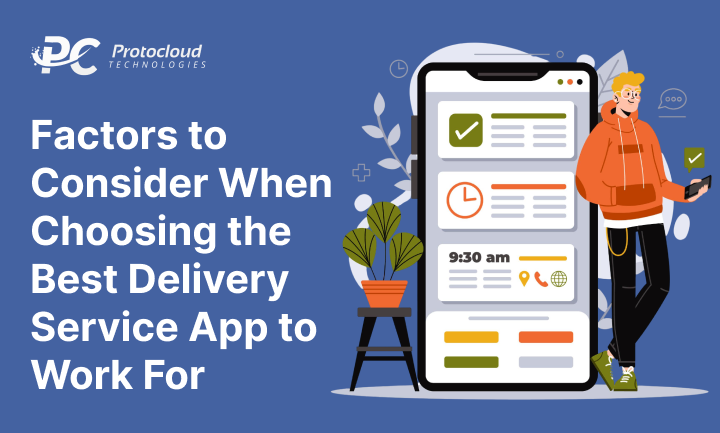
Choosing the best delivery service app to work for isn’t about flashy design or brand recognition. It’s about real ROI — balancing your time, effort, fuel, maintenance, and wear & tear against your actual delivery driver income.
This delivery earnings guide helps you compare options and choose the right platform. Below are the key factors we use in a delivery app comparison 2025.
1. Pay Per Hour (Guaranteed vs. Actual)
Some apps promise $20+/hour, but actual earnings vary by city, demand, and platform algorithms. Always check average earnings during peak and off-peak hours. Real pay per hour delivery depends on location and timing. Clear payout structures are key for sustainable delivery driver earnings in 2025.
2. Delivery Volume & Order Frequency
You can’t earn without orders. High delivery volume matters. Platforms like DoorDash and Uber Eats dominate cities but slow down in smaller towns. Apps with dynamic batching, low wait times, and strong lunch/dinner demand provide steady income. This is important when evaluating delivery driver pay rates and opportunities.
3. Tip Policies & Customer Base
Tip transparency is important. Some apps show full earnings upfront, while others add tips later. Hidden tipping affects efficiency and planning. Apps with clear tipping policies improve earnings and route choices. The customer base influences both your income and satisfaction.
4. Onboarding Time & Driver Approval Process
If you want to start quickly, onboarding speed matters. Long background checks or slow approvals reduce earnings. Apps with instant onboarding or same-day activation score higher. This is vital for new drivers seeking fast delivery driver opportunities.
5. Scheduling Flexibility vs. On-Demand Access
Some apps let you log in anytime. Others require scheduled shifts. For drivers with changing schedules — like students or part-timers — on-demand platforms offer more flexibility. Scheduled shifts suit those who want fixed work hours. Scheduling flexibility impacts both delivery driver work hours and earnings.
This is why on-demand delivery app development is important — to give drivers flexibility while improving delivery efficiency.
6. Fuel, Maintenance & Mileage Reimbursement
Most platforms do not reimburse fuel or maintenance. Some offer mileage tracking, tax reports, or discounts on fuel and servicing. Lower costs mean higher net income. Consider this carefully, as it impacts delivery driver pay rates and your overall delivery driver income.
7. Driver Ratings & Incentives
Apps with strict deactivation rules or unfair ratings hurt earnings. Look for platforms offering delivery driver incentives, boosts, or surge pricing. These increase weekly income. Fair rating systems and good incentives are crucial for long-term success in gig work.
8. Availability by Region or City
Some platforms dominate certain areas. DoorDash may lead urban markets; Instacart might be stronger in suburbs. Check regional delivery app availability before committing. Your location heavily affects your delivery driver earnings in 2025 and job opportunities.
9. In-App Features: Navigation, Order Stacking, Payout Management
A good interface saves time and boosts earnings. The best apps offer:
- In-app navigation for faster routes
- Order stacking to increase per-trip earnings
- Payout management with instant cashout
These features improve delivery app usability. Advances in mobile app development mean more apps now integrate such tools for better efficiency.
10. Platform Fees, Commission Cuts & Withholding Charges
Hidden fees cut your take-home pay. Watch out for commission rates, app maintenance costs, and cashout fees. A clear delivery app review will reveal these charges. Knowing fees is essential to calculating your true delivery driver income.
Best Delivery Apps to Make Money: Use-Case Based Recommendations
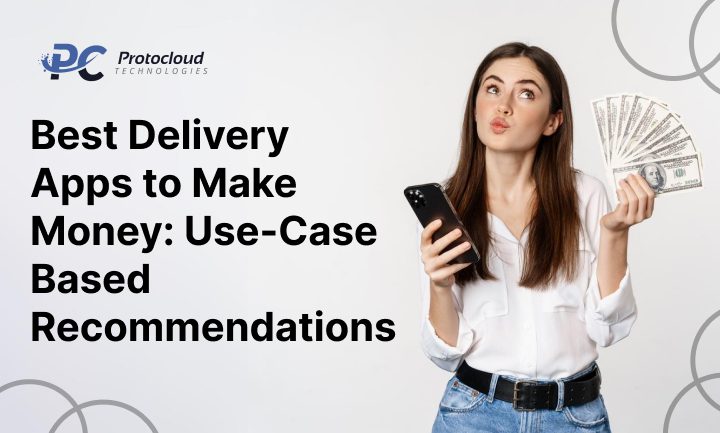
Here’s a quick guide based on real driver needs — hourly earnings, tipping culture, onboarding, and app usability. This helps you pick the best delivery apps to make money.
1. Best for High Pay Per Hour
- Curry – For tradespeople with trucks. Heavy deliveries pay more. Curry delivery earnings are high.
- Amazon Flex – Scheduled blocks (2–4 hours), predictable Pay. Drivers in big cities can earn up to $30/hr.
2. Best for Tips
- Caviar – Affluent customers, higher tips.
- Grubhub – Loyal customers, steady tipping. Great in established metro areas.
3. Best for Beginners
- Uber Eats – Quick background check, easy UI, flexible drop-offs.
- DoorDash – High order volume, easy onboarding, good driver support.
4. Best for Urban Drivers
- DoorDash – More orders, short routes, peak pay bonuses.
- Grubhub – Loyal customer base, steady orders, good tips.
5. Best for Suburban/Rural Drivers
- Roadie – Local-to-regional deliveries with fewer stops.
- Walmart Spark – Retail deliveries, steady demand, good Pay.
6. Best for Students & Side Hustlers
- Uber Eats – Accept anytime, auto-routing.
- Instacart – Flexible batches, tip boosts.
Wrapping Up
To earn more, know which delivery apps offer the highest base pay, delivery driver bonuses, and delivery driver tips. Work during busy delivery hours in high-demand delivery locations to boost delivery driver income.
The food delivery market is growing. Launching your own food delivery platform with on-demand delivery app development and mobile app development offers flexible work delivery, competitive Pay, and strong delivery driver opportunities.
A feature-rich delivery app with great usability ensures a seamless user experience. TekRevol delivers scalable delivery app solutions to maximize delivery driver pay rates and earning potential.

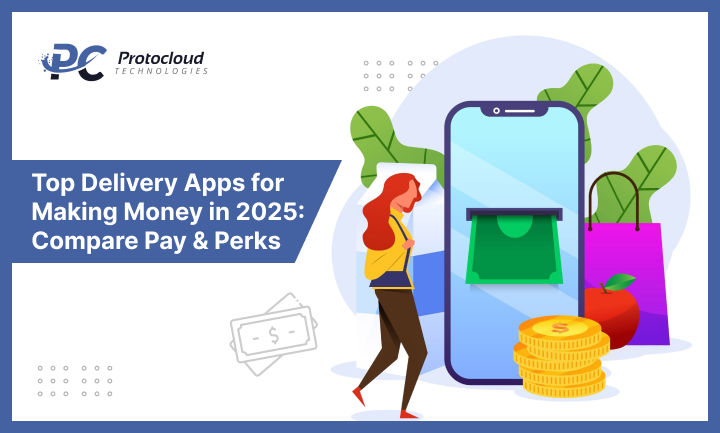

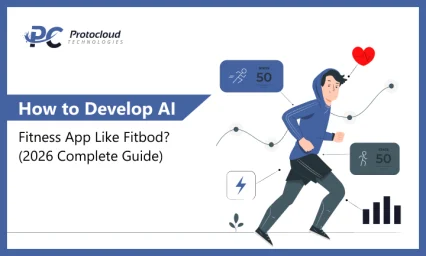
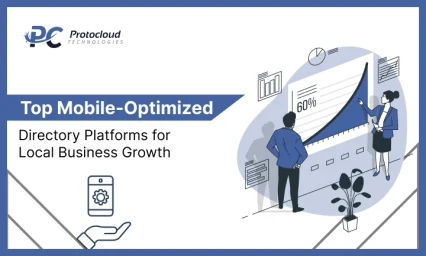
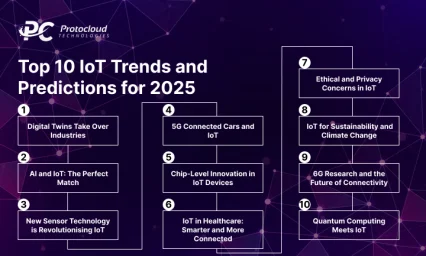
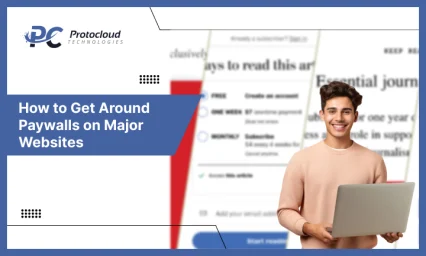

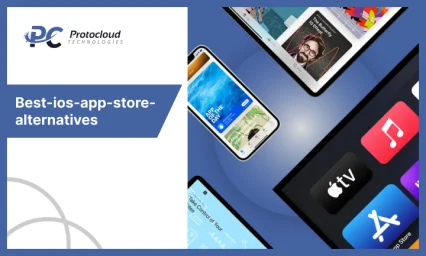
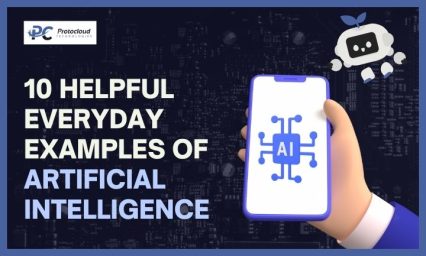
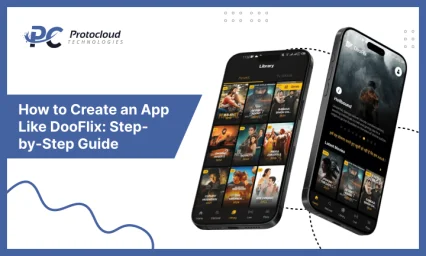
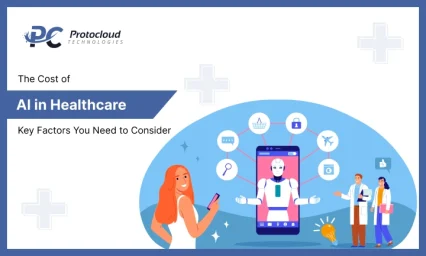
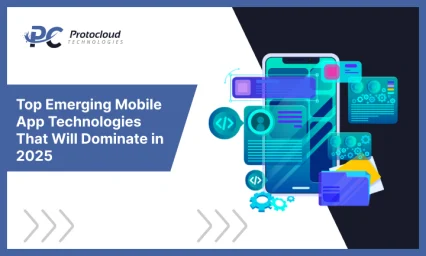
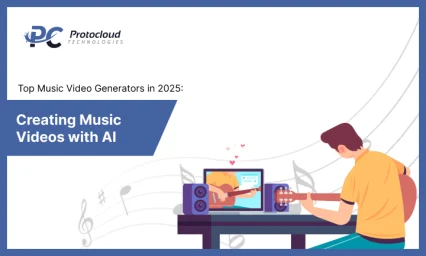
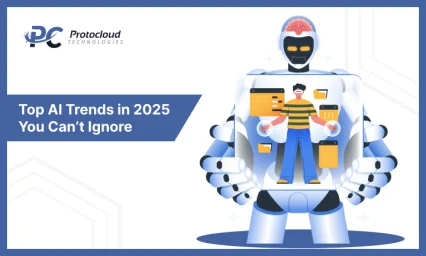
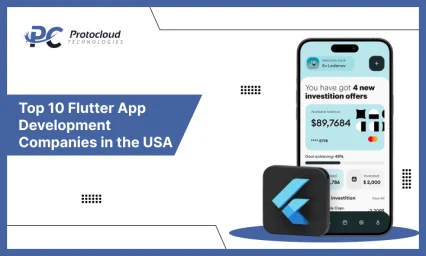


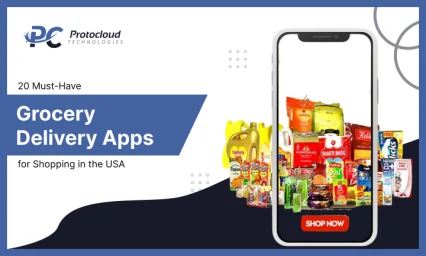
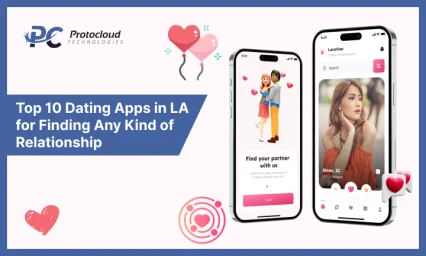
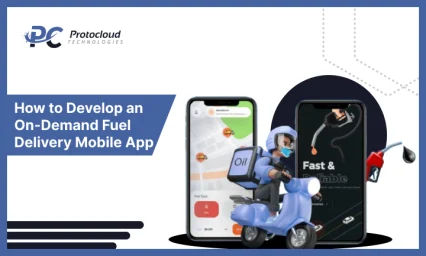
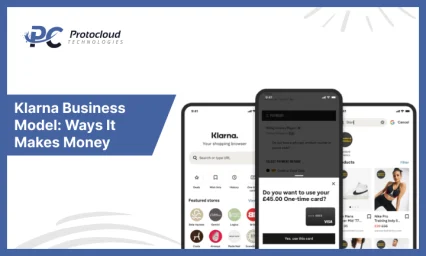
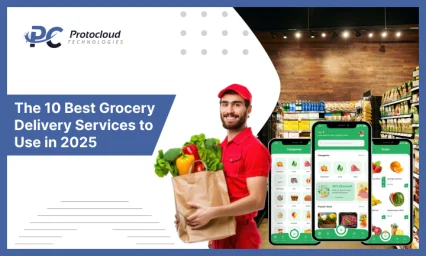
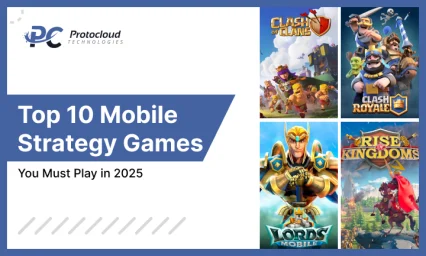
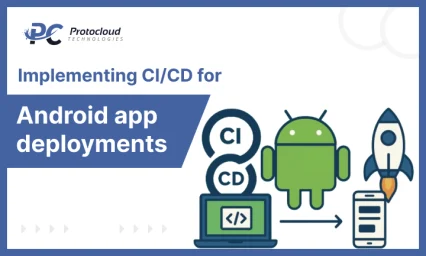
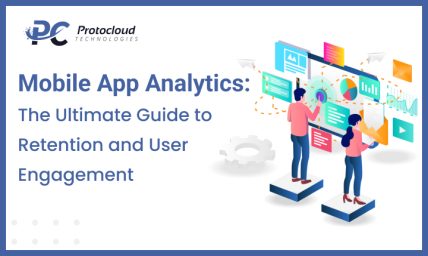

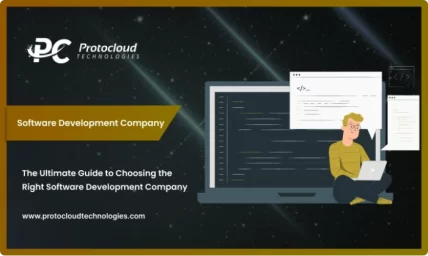

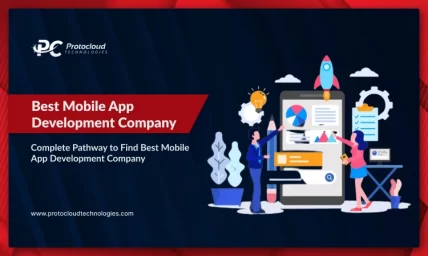
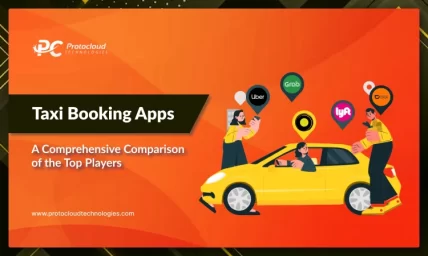


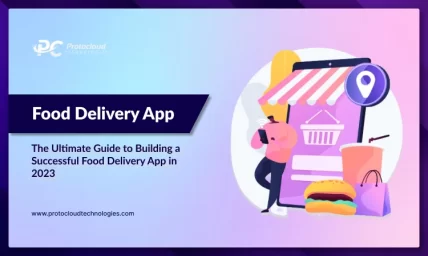
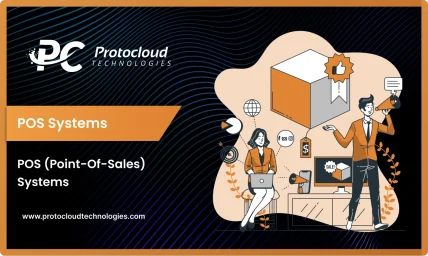
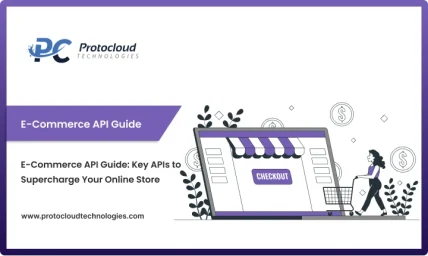
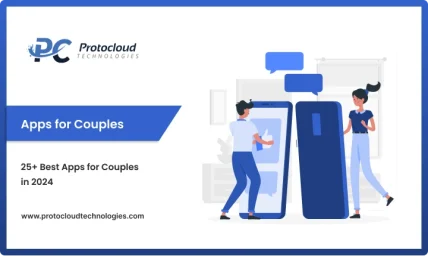

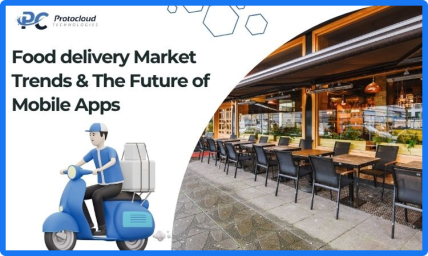
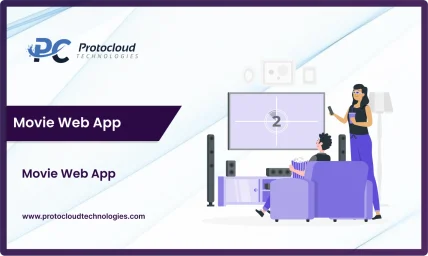
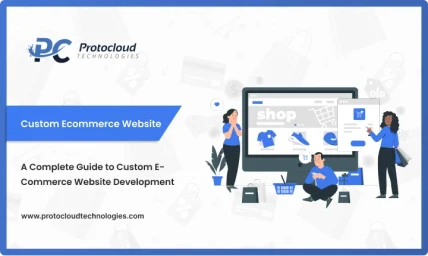
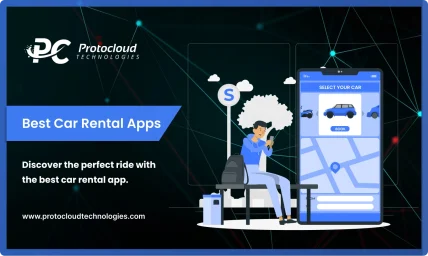
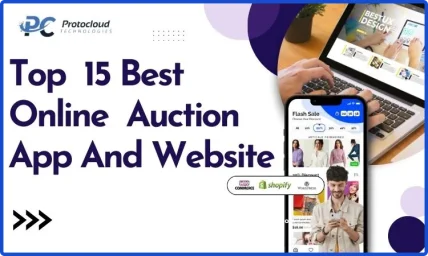

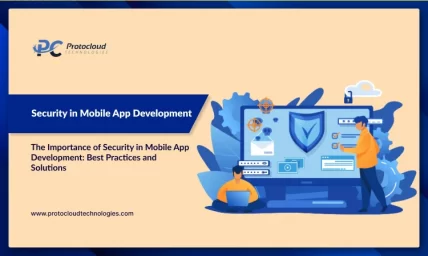
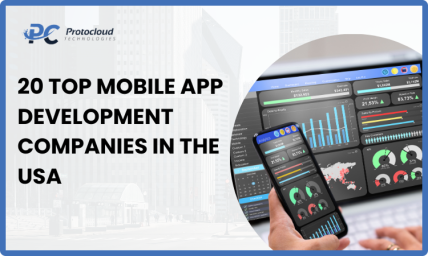


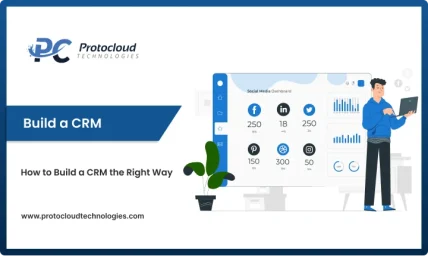


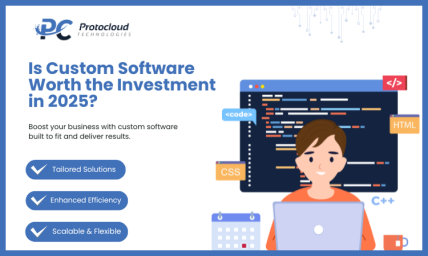
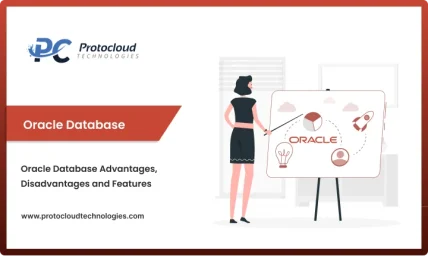

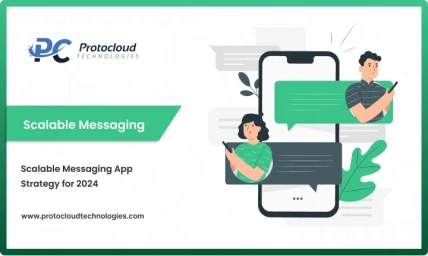
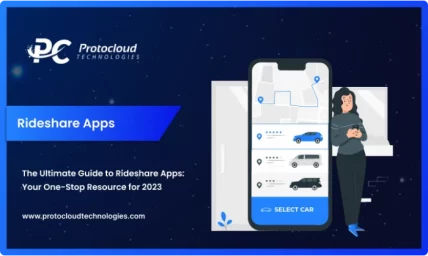
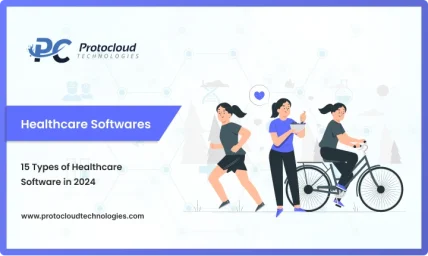
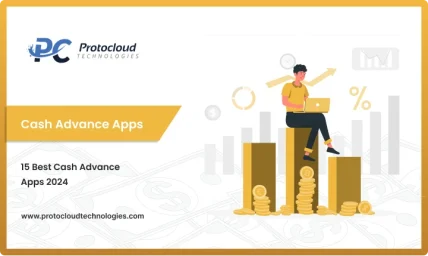
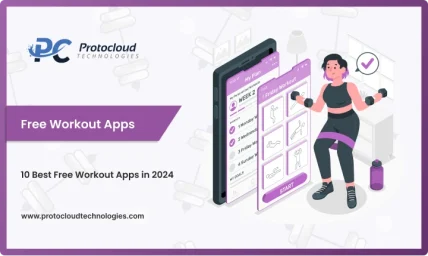
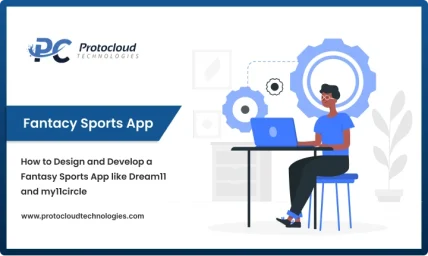
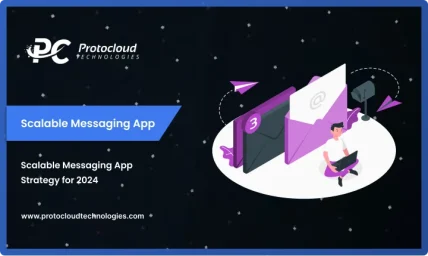


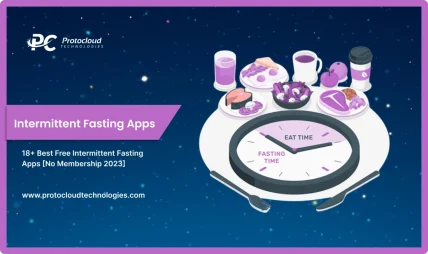
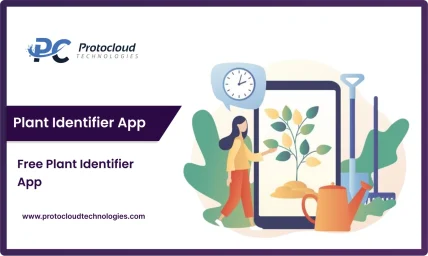
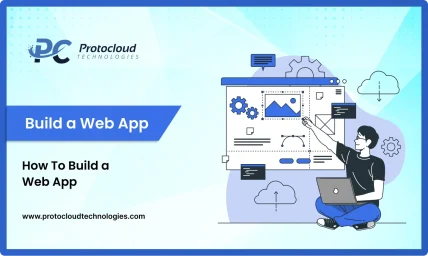
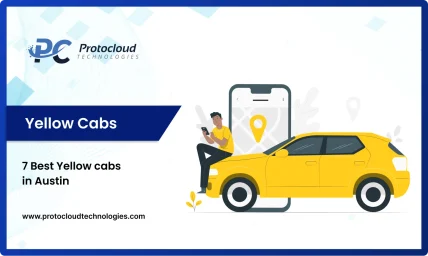
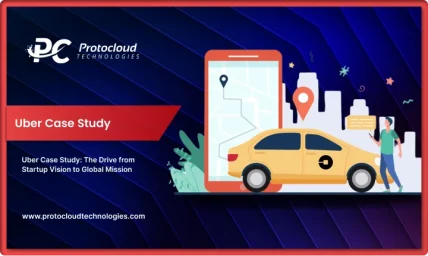
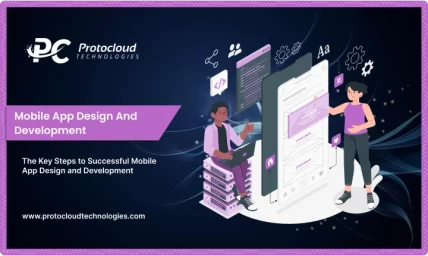
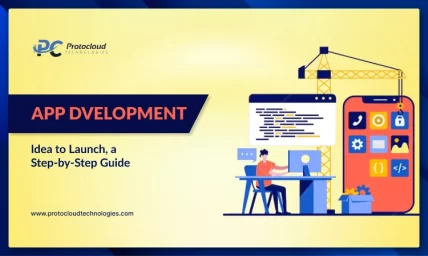
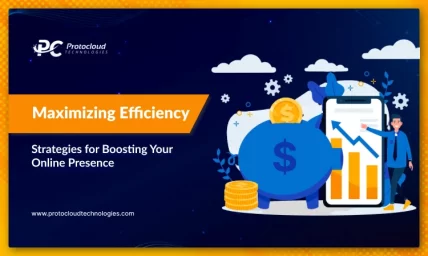
Leave a Reply